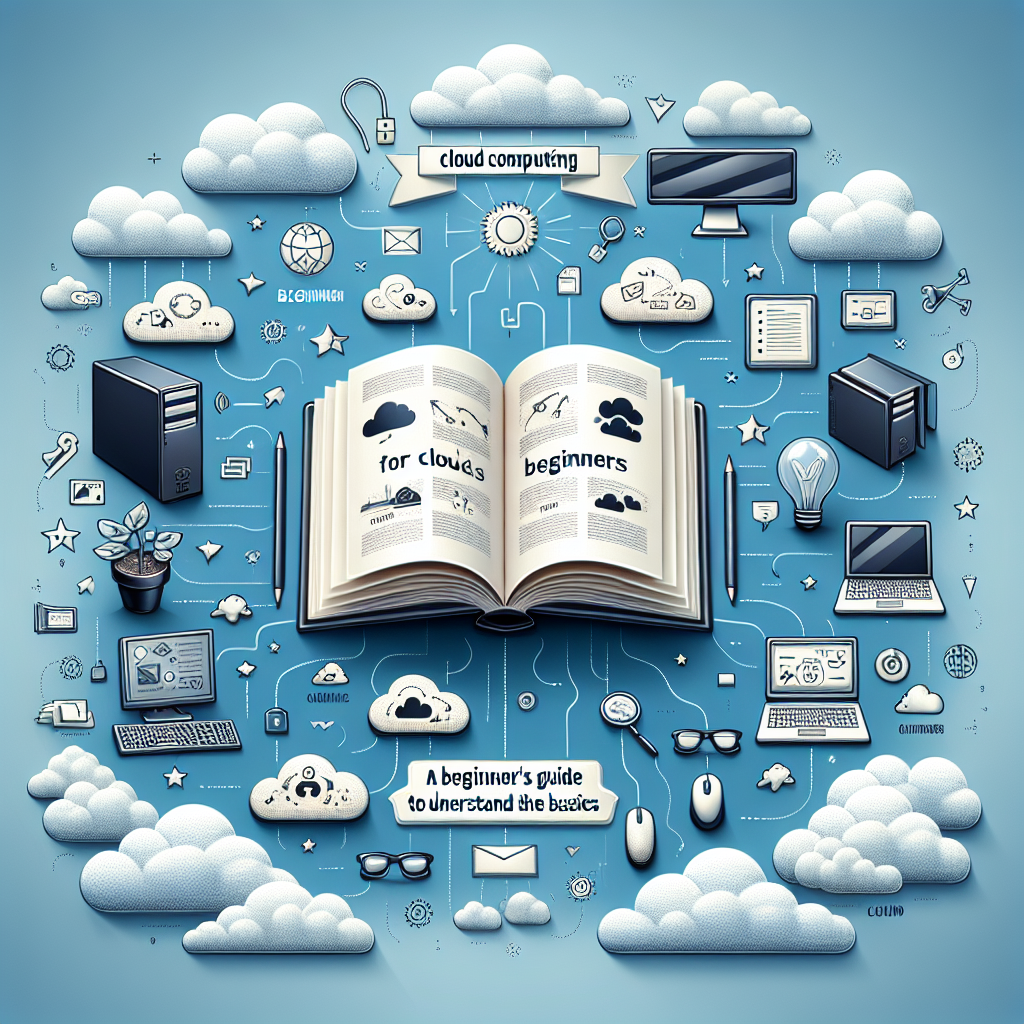Your cart is currently empty!
Cloud Computing for Beginners: A Beginner’s Guide to Understanding the Basics

Cloud computing has become a popular buzzword in the world of technology, but what exactly is it and how does it work? If you’re new to the concept of cloud computing, don’t worry – we’re here to help. In this beginner’s guide, we’ll break down the basics of cloud computing and explain how it can benefit you.
What is Cloud Computing?
In simple terms, cloud computing refers to the delivery of computing services such as storage, processing power, and applications over the internet. Instead of storing data and running programs on your local computer or server, you can access these resources from a remote location via the internet.
How Does Cloud Computing Work?
Cloud computing operates on a network of remote servers hosted on the internet. These servers are owned and operated by a third-party provider, such as Amazon Web Services (AWS), Microsoft Azure, or Google Cloud Platform. Users can access these servers and use the resources they provide on a pay-as-you-go basis.
There are three main types of cloud computing services:
1. Infrastructure as a Service (IaaS): This service provides virtualized computing resources over the internet, such as virtual machines, storage, and networking.
2. Platform as a Service (PaaS): PaaS offers a platform for developers to build, deploy, and manage applications without having to worry about infrastructure.
3. Software as a Service (SaaS): SaaS delivers software applications over the internet on a subscription basis, eliminating the need for users to install and maintain software on their devices.
Benefits of Cloud Computing
Cloud computing offers a range of benefits for individuals and businesses, including:
1. Cost Savings: Cloud computing eliminates the need for investing in costly hardware and software, as you can access resources on a pay-as-you-go basis.
2. Scalability: Cloud computing allows you to scale your resources up or down based on your needs, providing flexibility and cost efficiency.
3. Accessibility: With cloud computing, you can access your data and applications from anywhere with an internet connection, making collaboration and remote work easier.
4. Reliability: Cloud providers offer robust security measures and backup solutions, ensuring the safety and availability of your data.
Getting Started with Cloud Computing
To get started with cloud computing, you can sign up for a cloud service provider and create an account. Most providers offer free tiers or trials for you to test out their services before committing. Once you have access to the cloud resources, you can start uploading data, deploying applications, and exploring the various features available.
In conclusion, cloud computing is a powerful technology that can revolutionize the way you store, access, and manage your data and applications. By understanding the basics of cloud computing and its benefits, you can harness the power of the cloud to improve your productivity and efficiency.

Leave a Reply